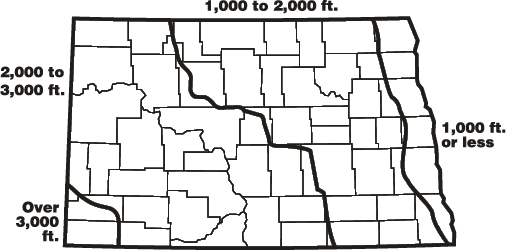Title
Home Canning Meat: Poultry, Red Meats, Game and Seafood
(FN188, Reviewed April 2024)File
Summary
Poultry, red meats, game and seafoods are low-acid foods and must be processed in a pressure canner to assure their safety. Use the processing time and pressure that is specified for each type of product.
Availability
Availability:
Web only
Publication Sections

